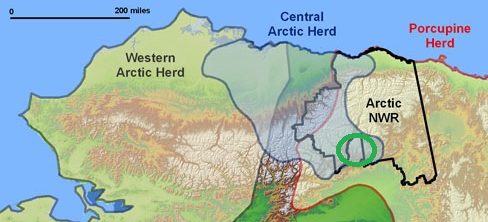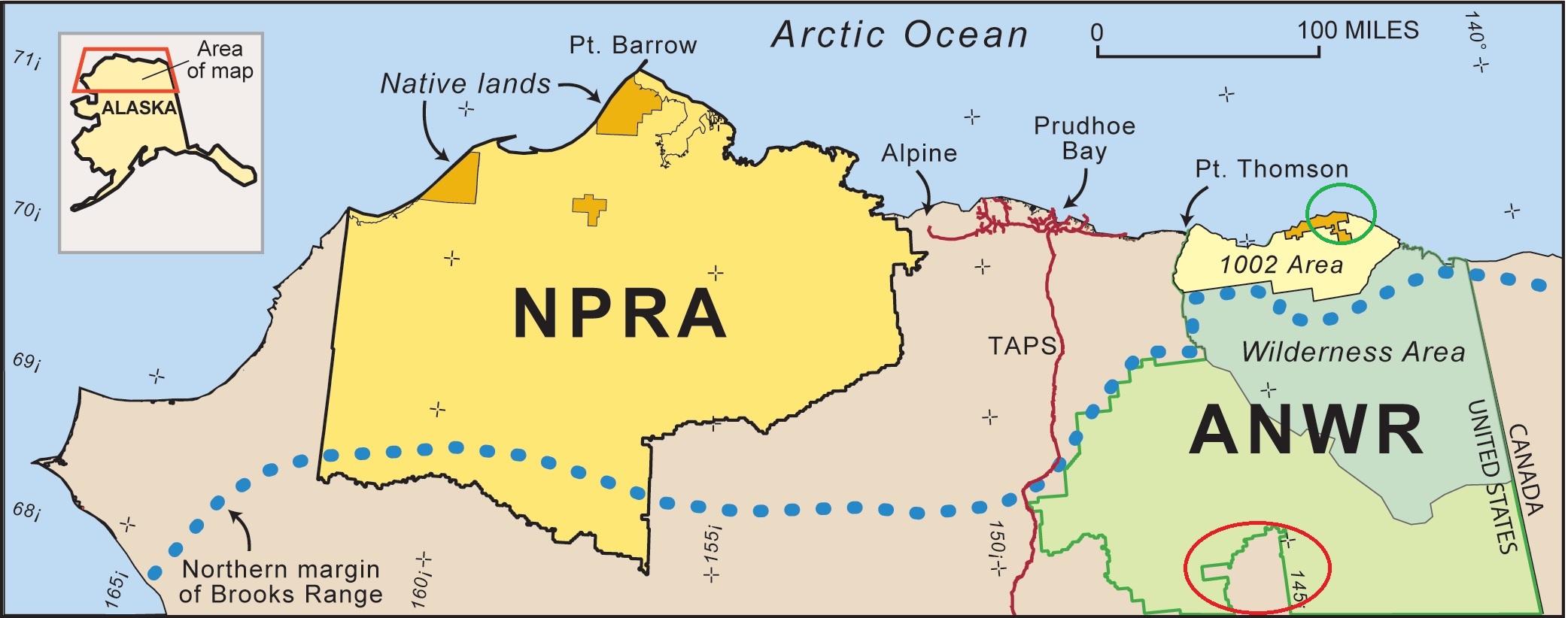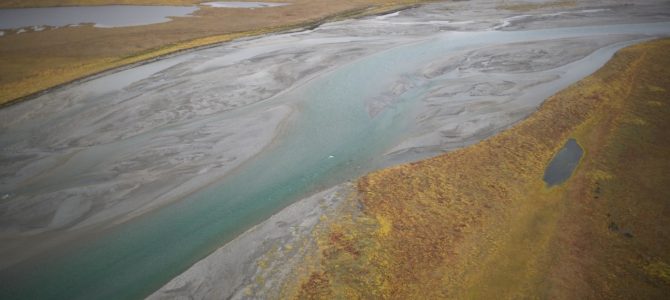Bernadette Demientieff, who is listed as the executive director of the steering committee representing the Gwich’in Alaskan Indian tribe, claimed nobility Sunday in the tribe’s allyship with progressive radicals to trample on the rights of rivals.
The most vocal indigenous group to oppose oil and gas development in the Arctic National Wildlife Refuge (ANWR) that is located 400 miles north of its own reserve, the Gwich’in have paired with left-wing environmentalist groups to keep the 1.6 million-acre stretch of the state’s north slope free of drilling. Last month, however, The Federalist exposed the group’s hypocrisy for seeking to lease every inch of its Venetie Indian Reservation for drilling just before it began to lobby against oil and gas exploration across the state. The Gwich’in began objecting to Alaskan drilling after their reservation lands came up short in lucrative reserves.
On Sunday, Demientieff complained that those charging the tribe of exploiting leftist politics to deter rival tribes from drilling on lands hundreds of miles north was “making all of this up.”
“Our ancestors have honored and protected this land long before there was ever a US government,” she wrote in a response to The Federalist’s reporting. “It’s not just the gwichin [sic] it’s just about every tribe in [Alaska].”

What, exactly, the Gwich’in claims The Federalist fabricated remains unclear. The Gwich’in Steering Committee did not respond to The Federalist’s multiple inquiries.
In 1984, the Gwich’in authorized lease sales on the Venetie Indian Reservation located outside ANWR boundaries.
According to the Christian Science Monitor in 1991, the tribe changed its tune on oil and gas drilling after Gwich’in land was found absent of profitable reserves by 1985.
“Our elders recognized that oil development in caribou calving grounds was a threat to the very heart of our people,” the steering committee’s website reads today. Protection for the caribou is the crux of the tribe’s objections to drilling on Alaska’s north slope.
The tribe relies on the Porcupine Caribou herd as a primary source of sustenance. Its territory is mapped by the U.S. Fish and Wildlife Service (FWS) below, with a green oval added by The Federalist to mark where the Gwich’in reside. The animals are also relied on by the Iñupiat in the north slope, who have pushed for development on their own lands, and are being obstructed by the Gwich’in.

The Gwich’in’s own leases, the Christian Science Monitor reported, included a mere two sentences on the caribou shared by the Iñupiat. The Iñupiat possess a land claim in the actual ANWR, with an entire community living within the area where they have sought development, as detailed in the map below from ANWR.org.
The green circle added by The Federalist marks the Iñupiat home on Kaktovik Island, otherwise known as “Barter Island,” and the red oval again marks the location of the Gwich’in. The dotted blue line represents an entire mountain range between them.

The caribou, meanwhile, don’t appear bothered by oil and gas drilling in the region. In nearby Prudhoe Bay, where drilling operations have been ongoing since the mid-20th century 60 miles from proposed sites in ANWR, the population of the caribou’s Central Arctic Herd has continued to rise and fall within its natural cycle. The herd reached 70,000 members strong in 2010 from fewer than 20,000 in 1997. In 2016, its numbers fell back to 22,000 but remain higher than in the late 1990s.
According to the U.S. Fish and Wildlife Service (FWS), an estimated 219,000 caribou between the Porcupine Herd and the Central Arctic Herd now migrate in and around ANWR.








